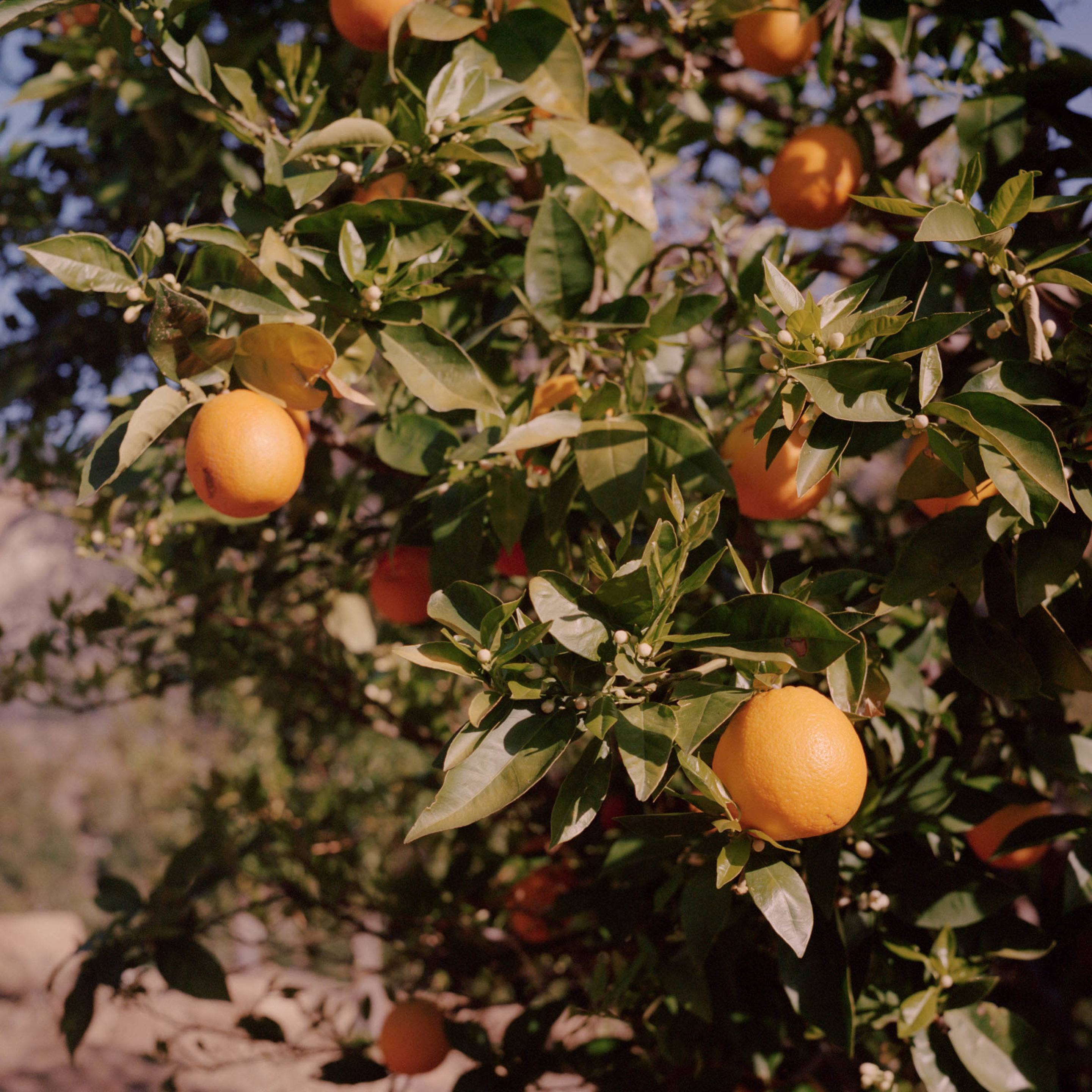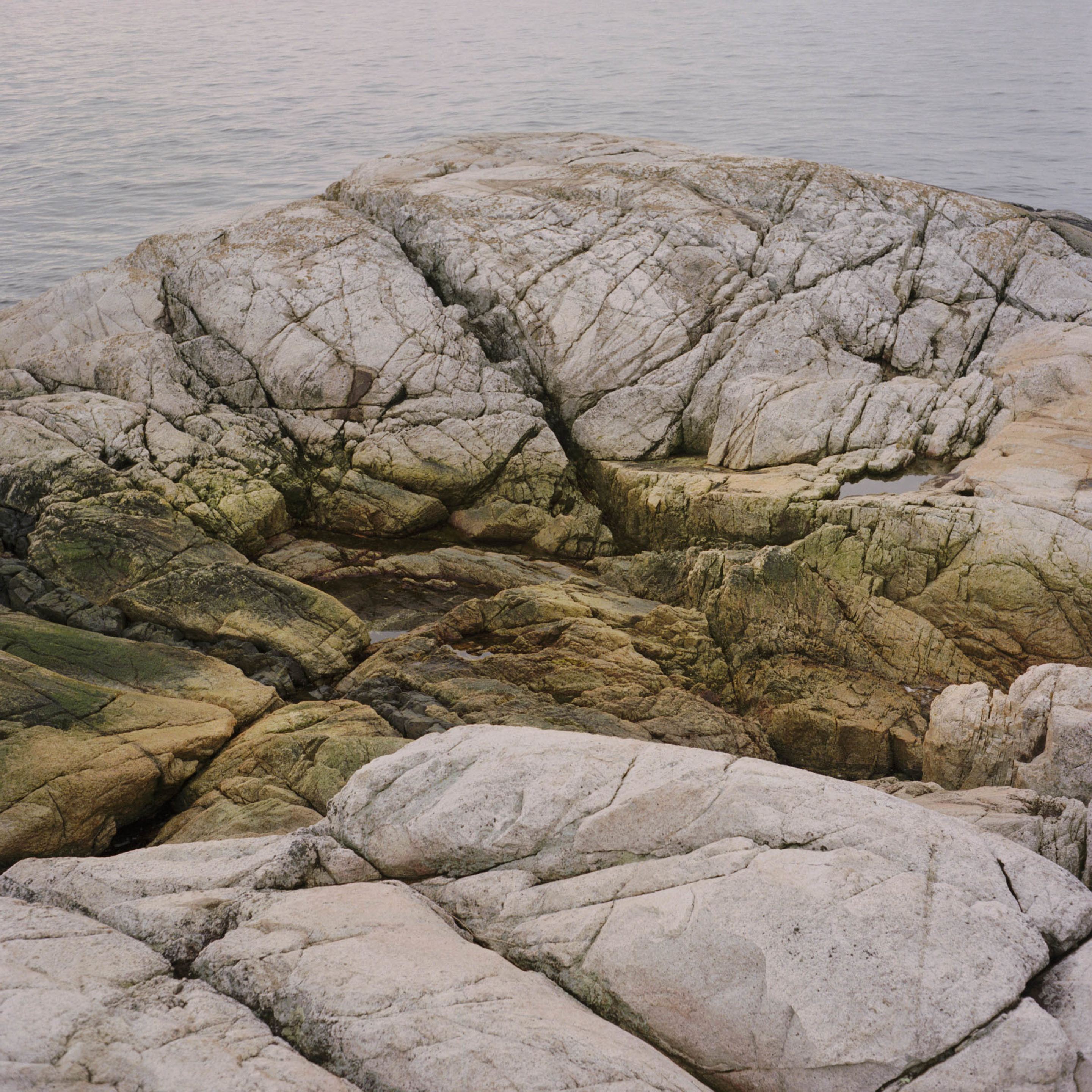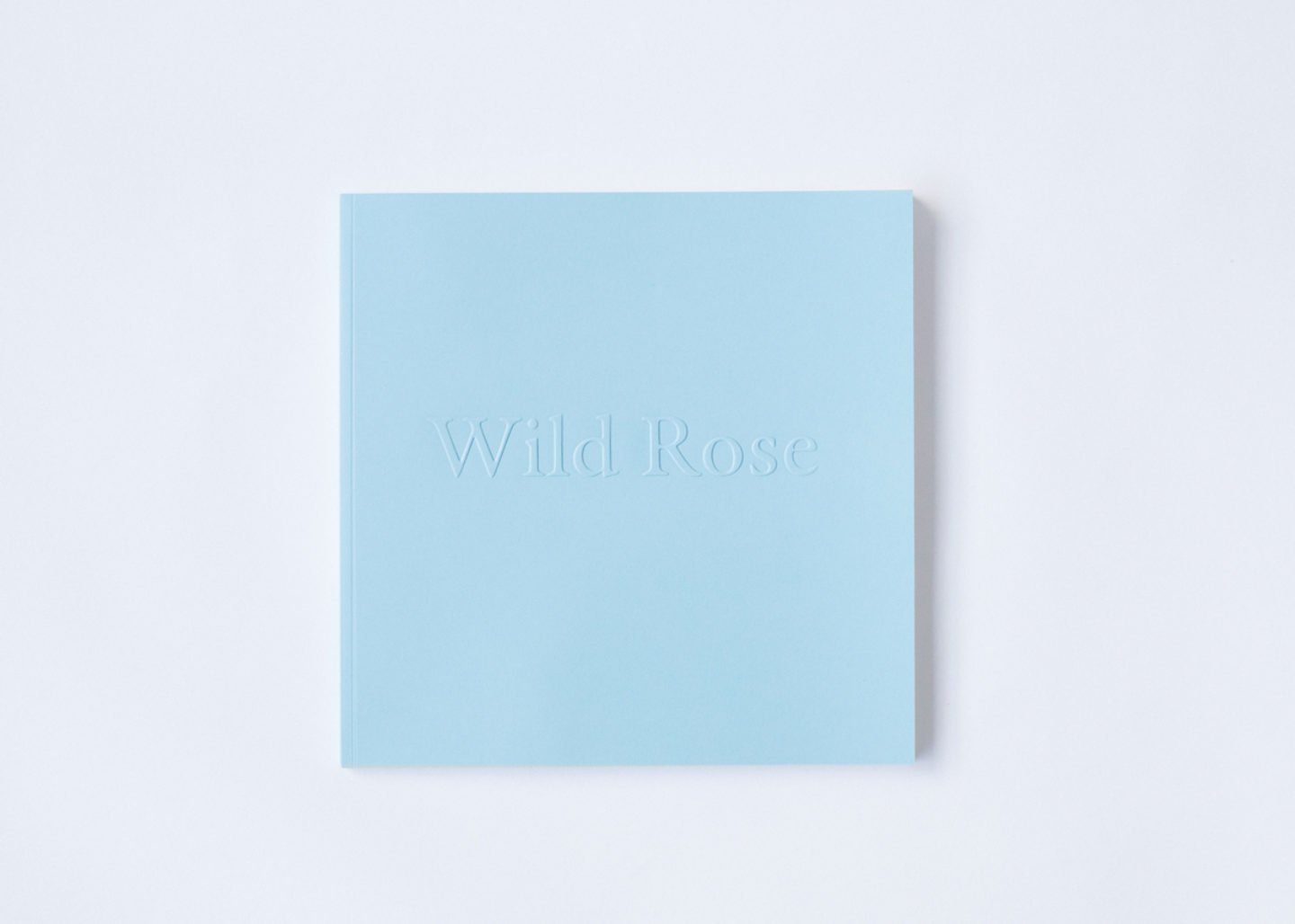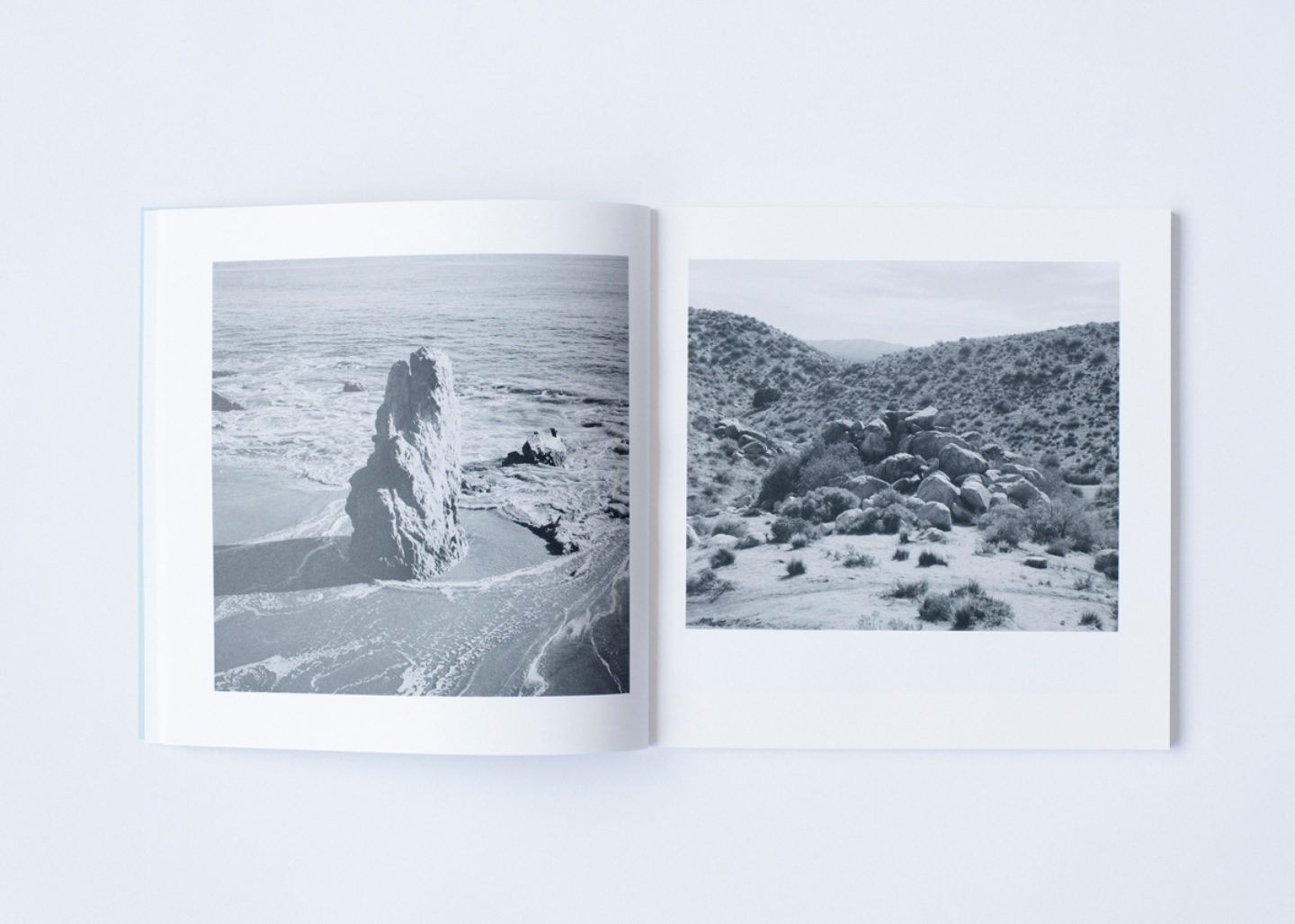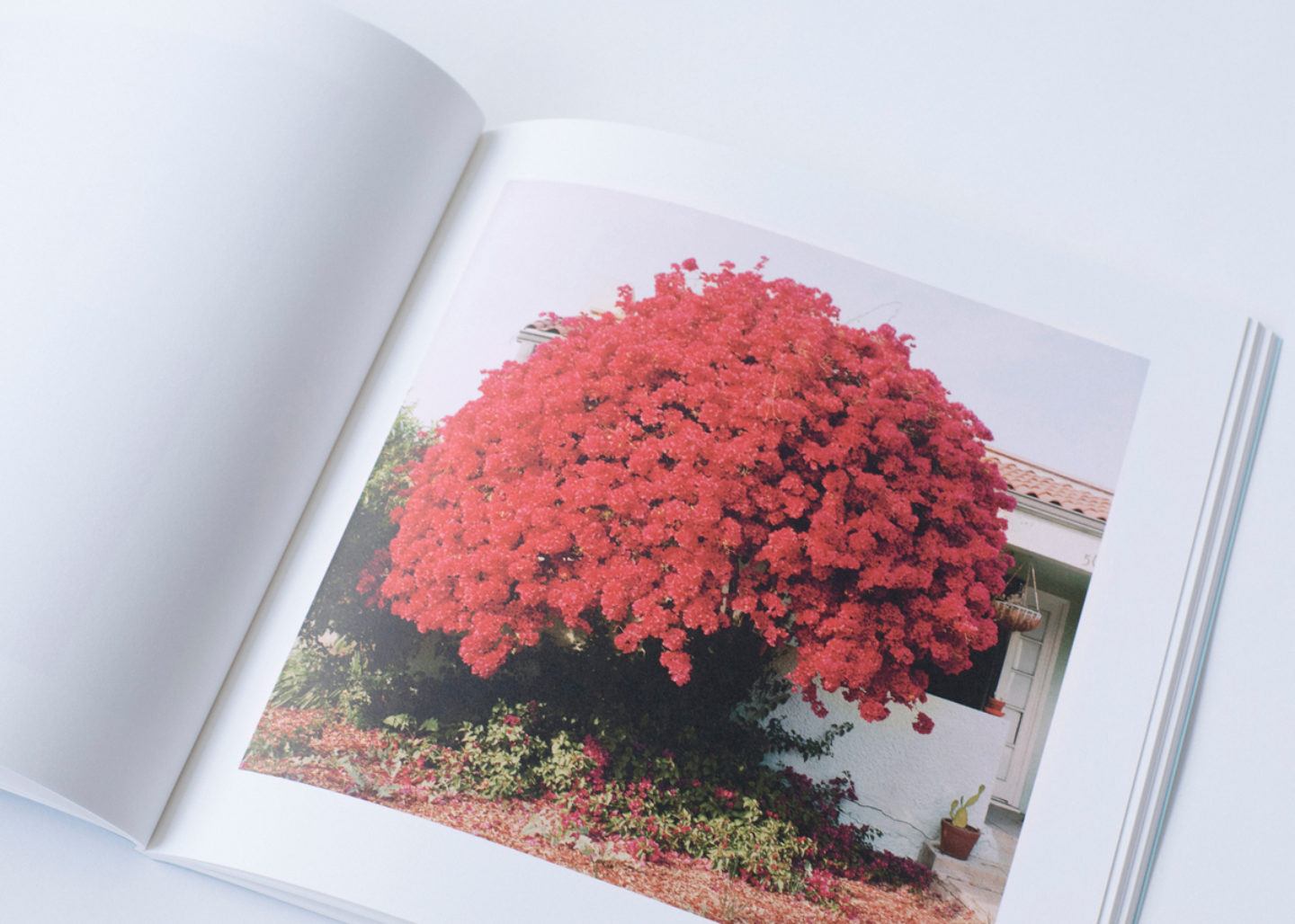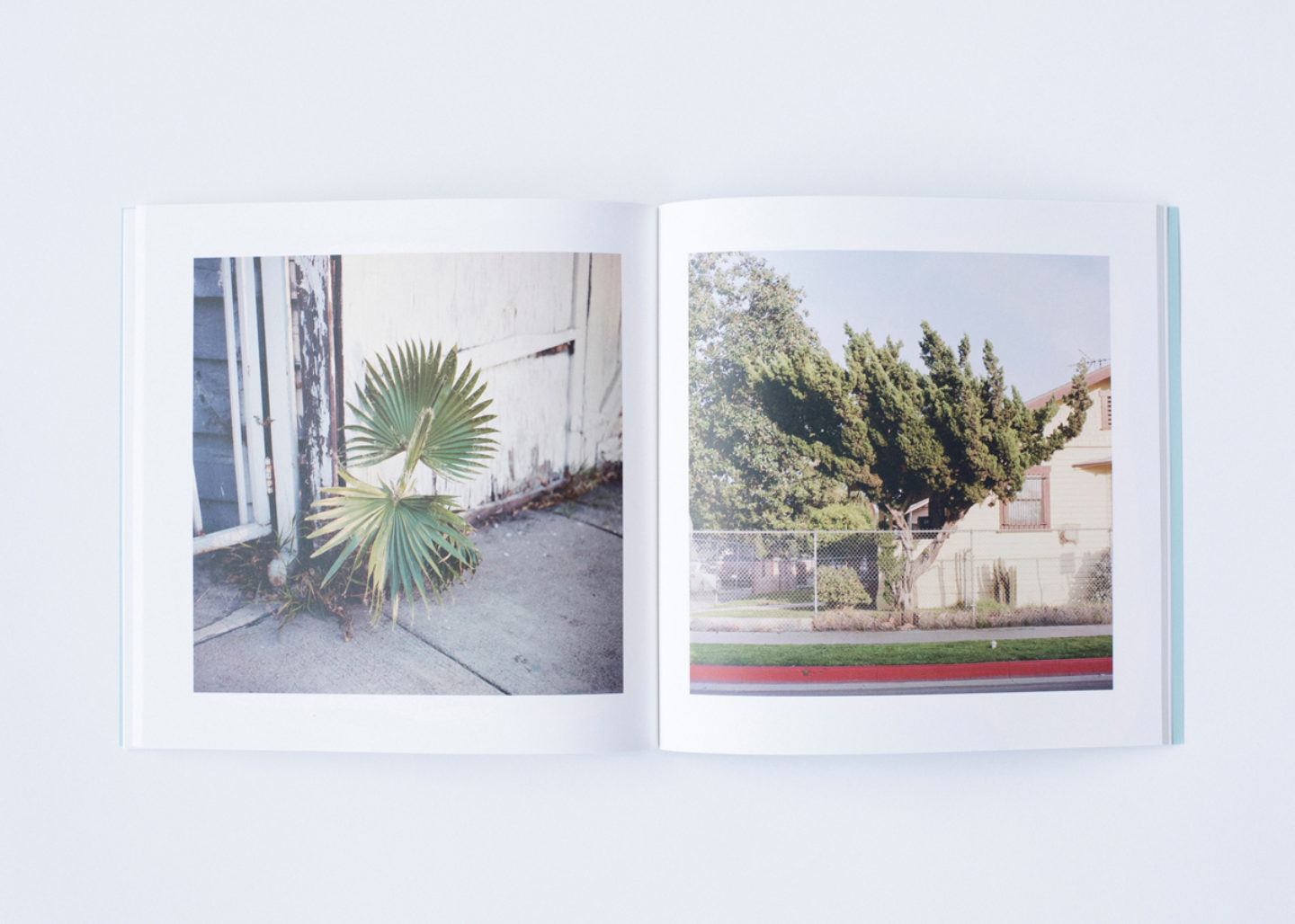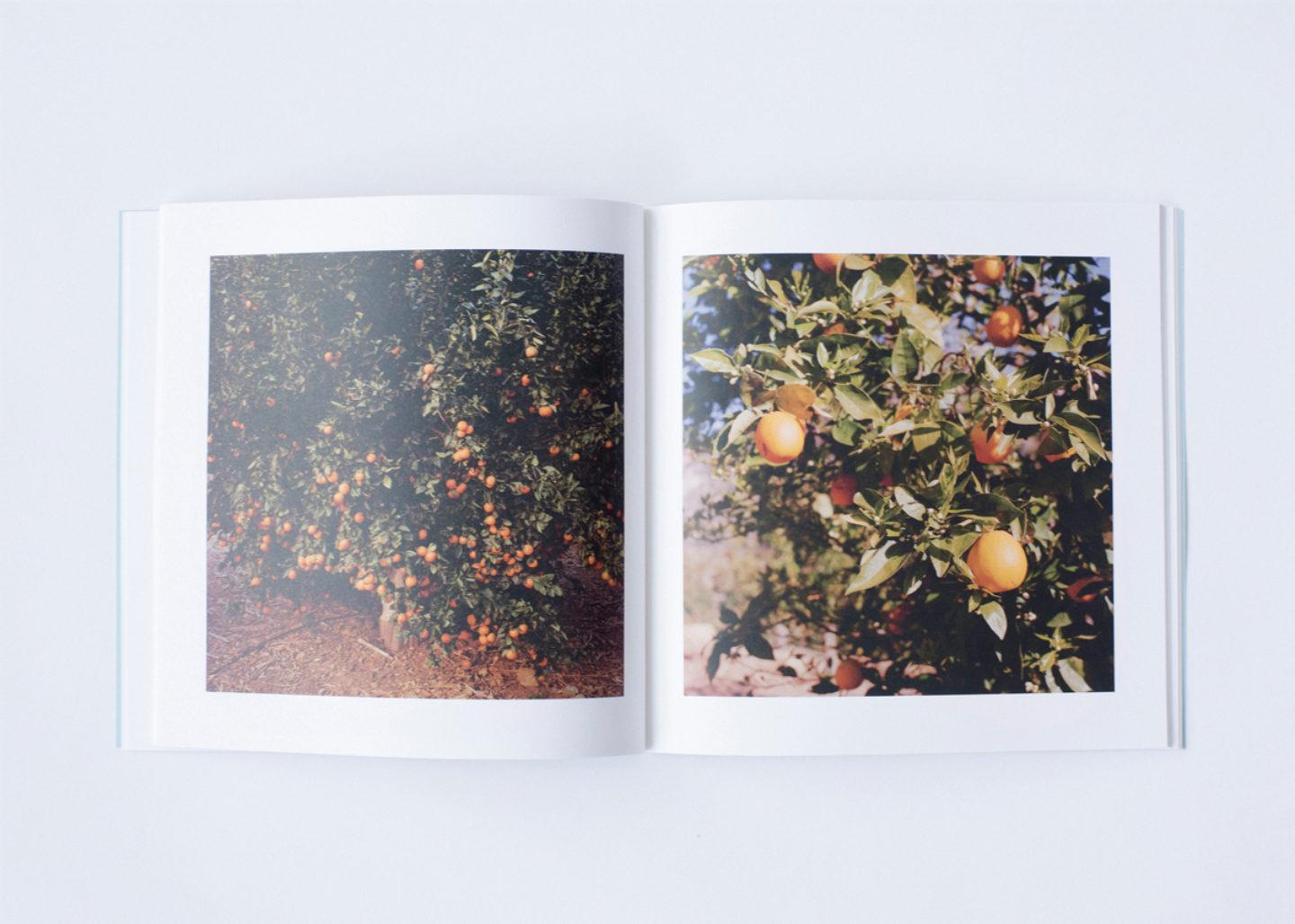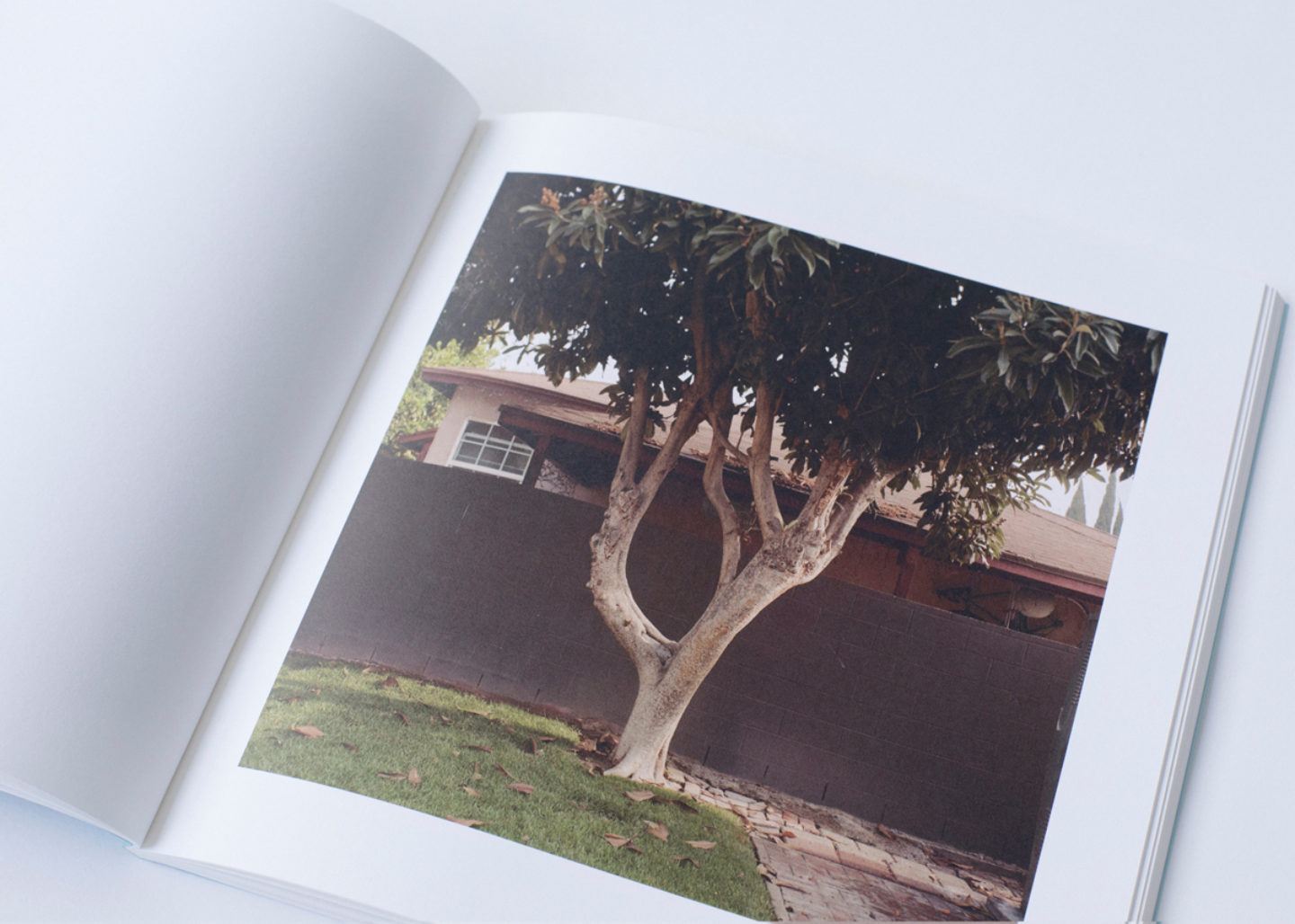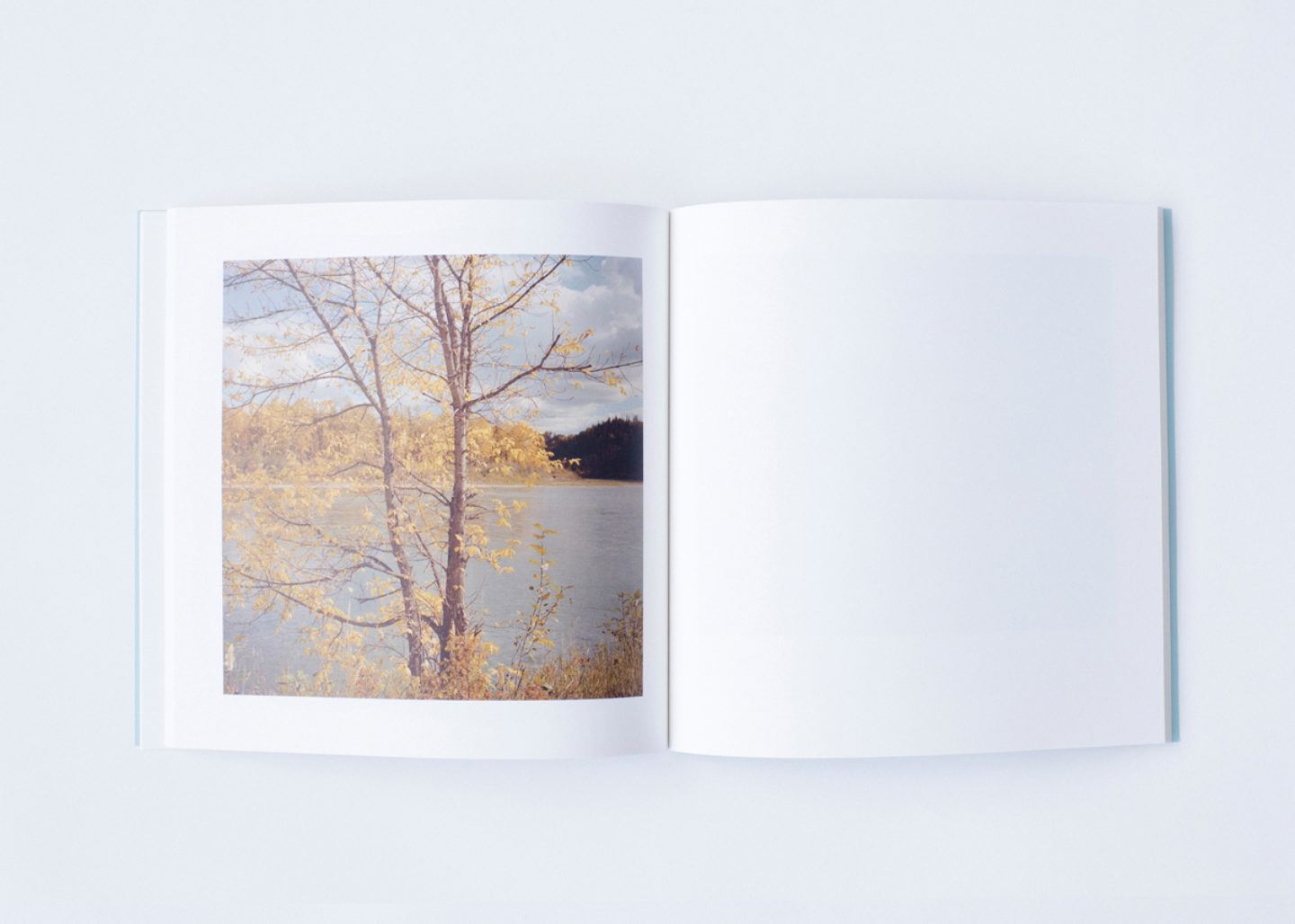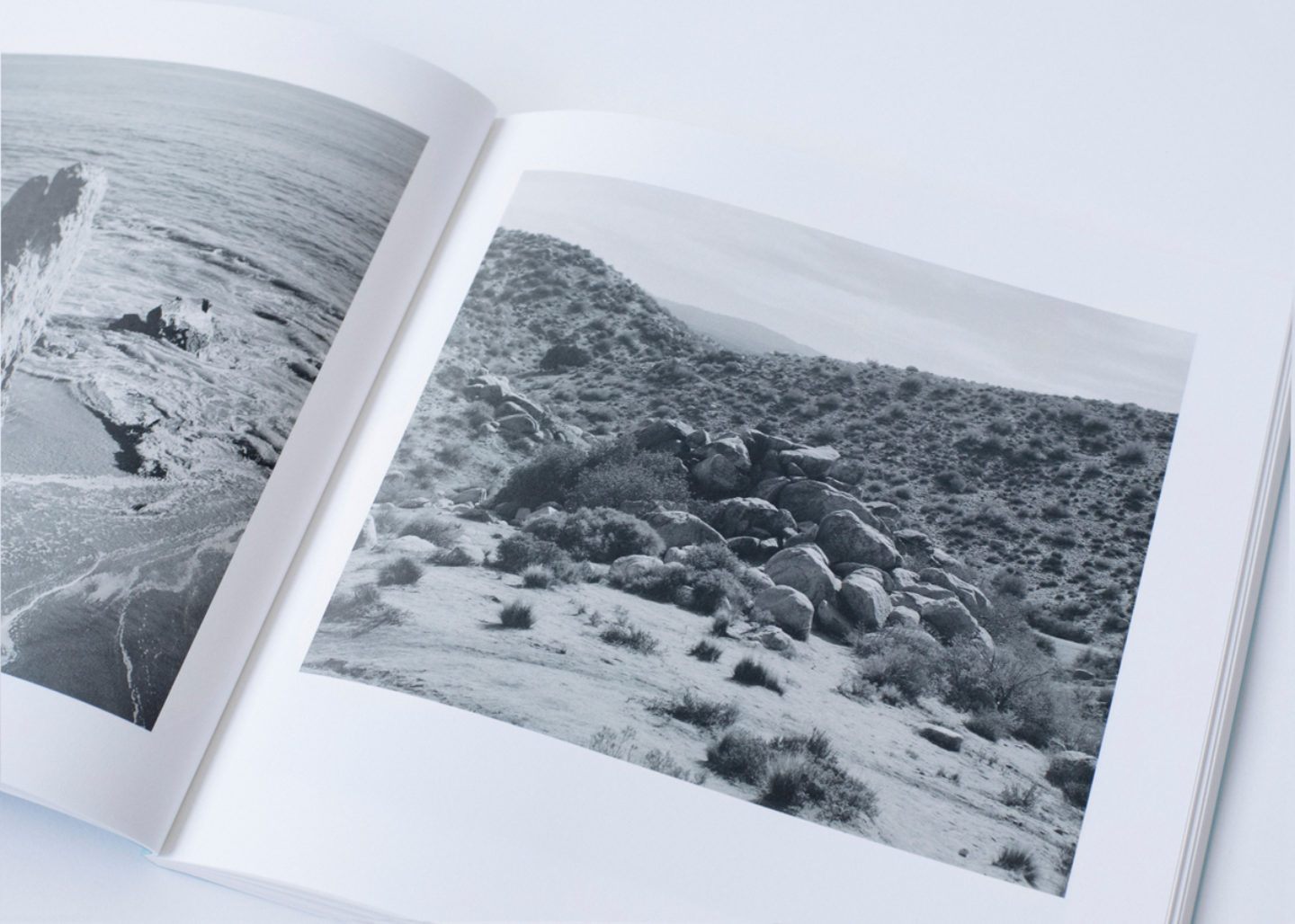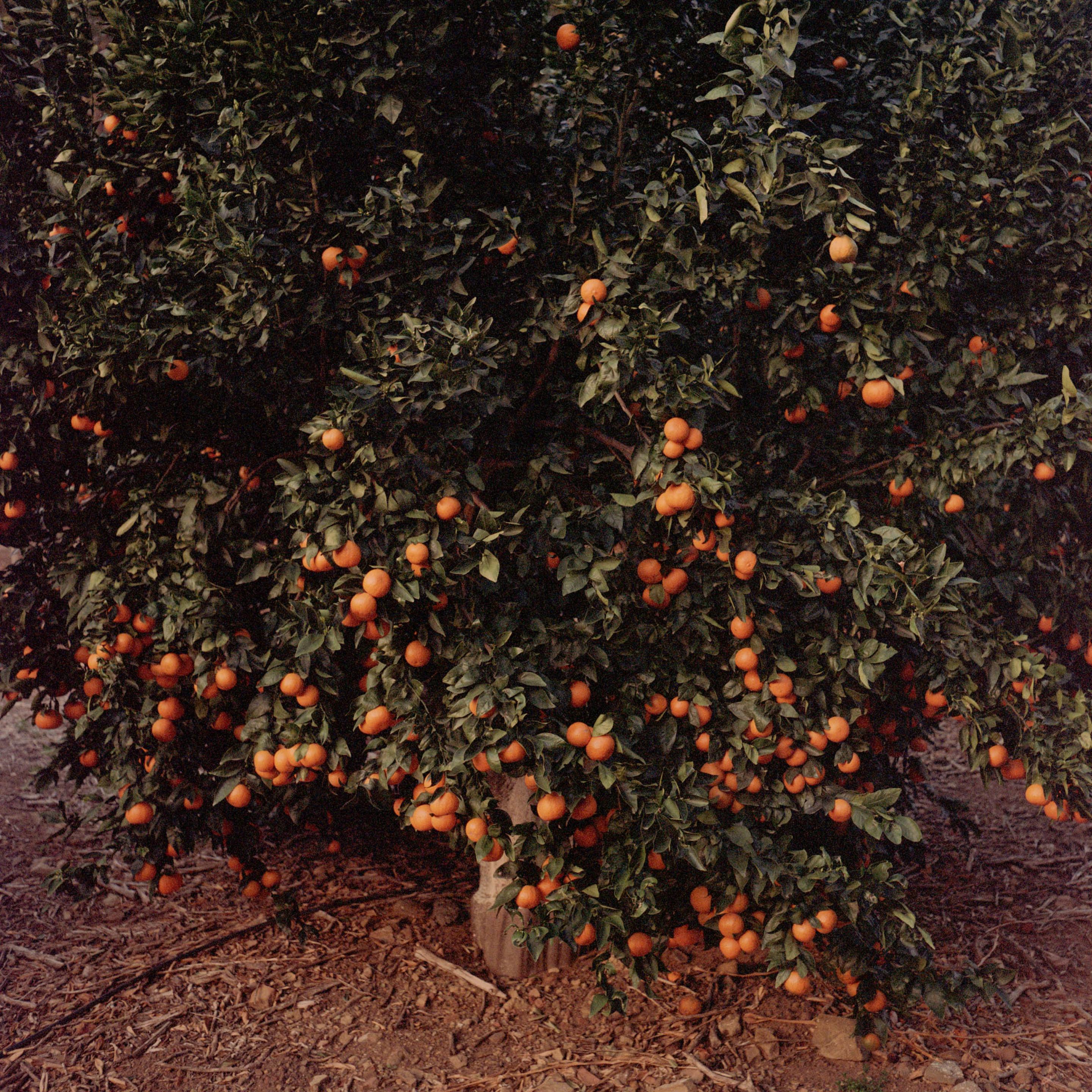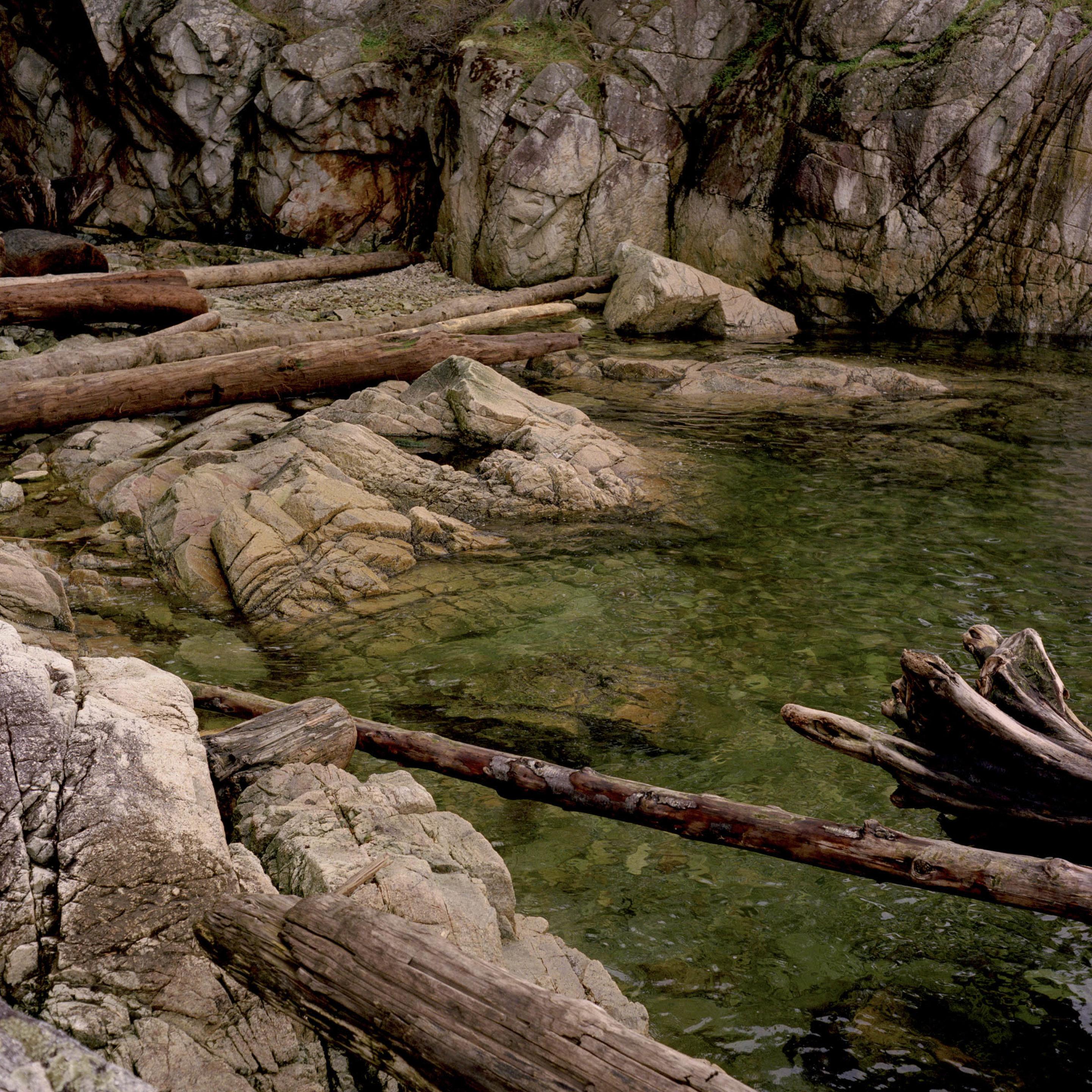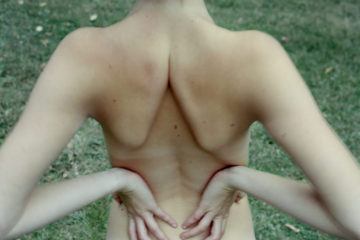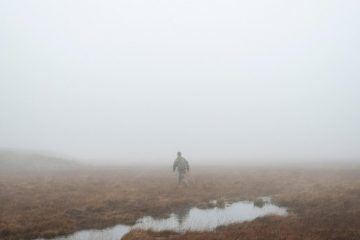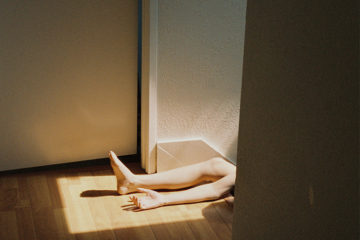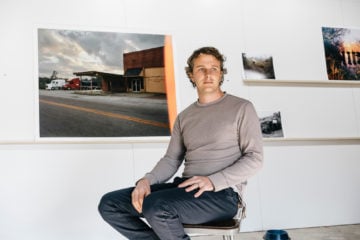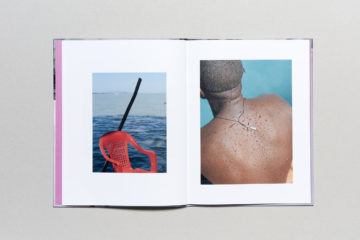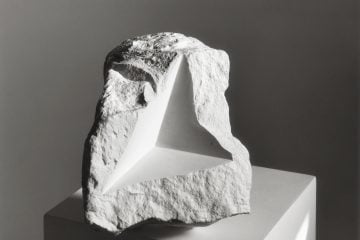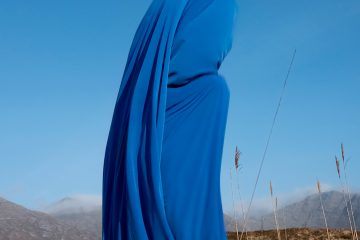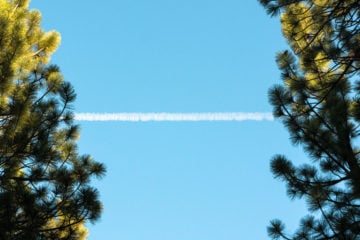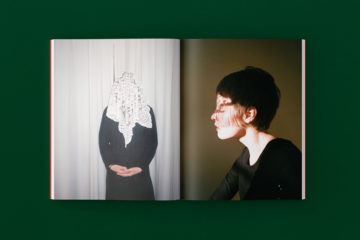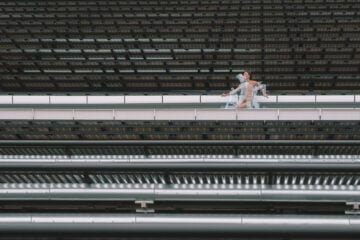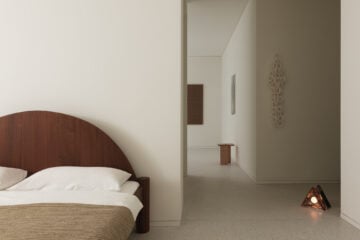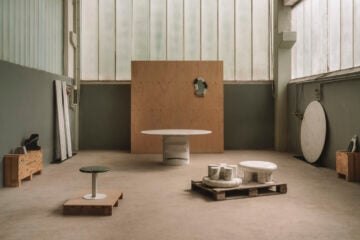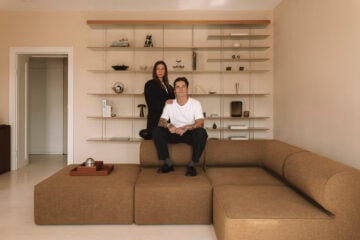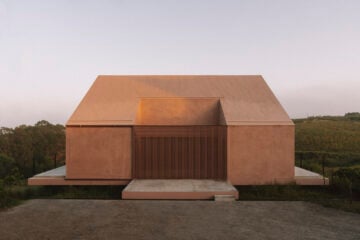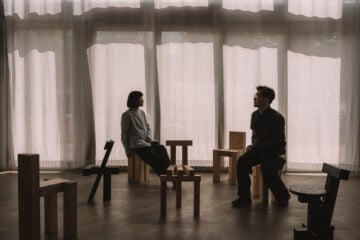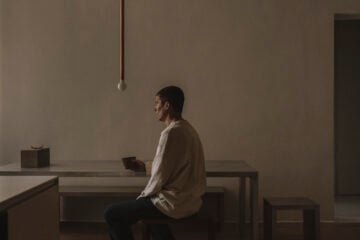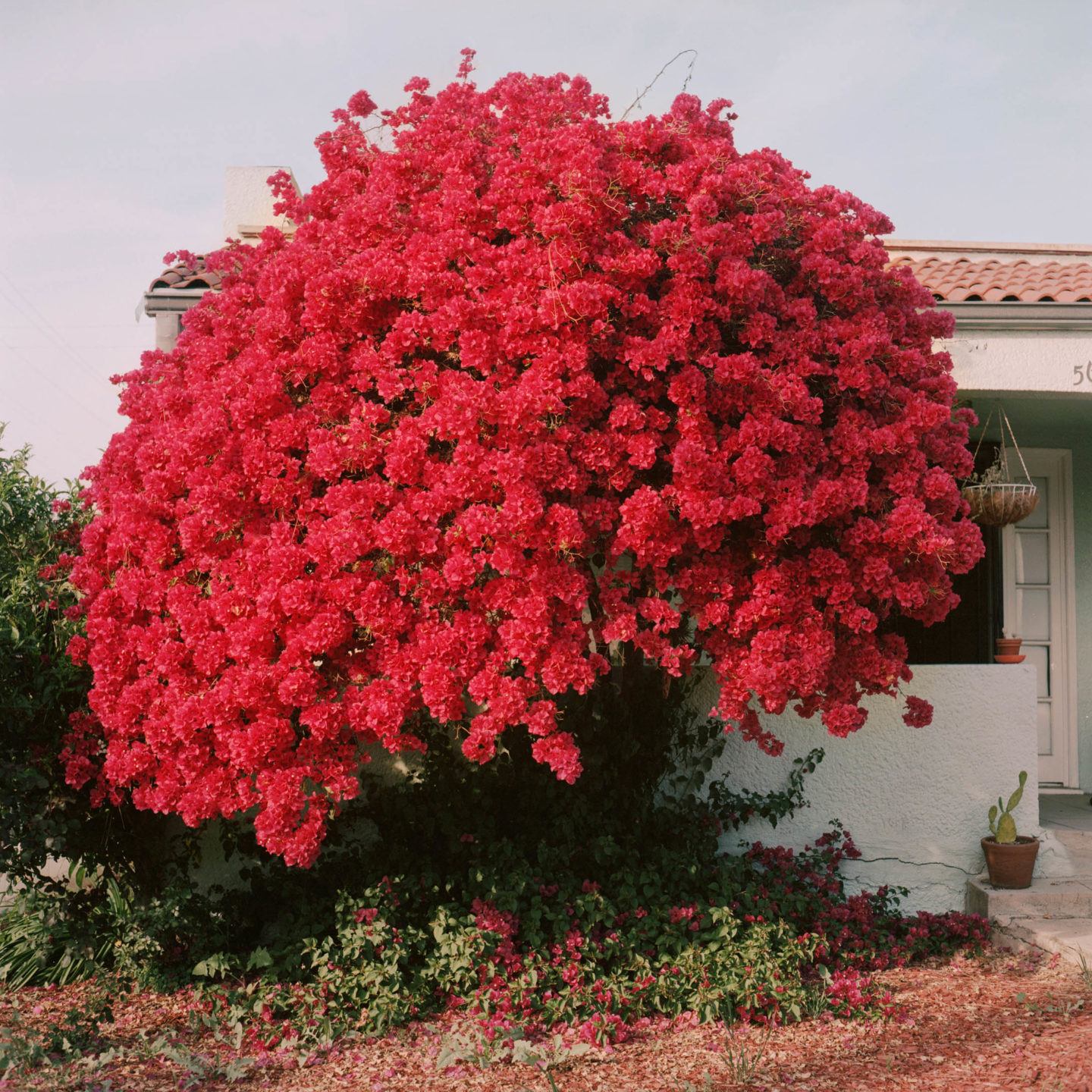
Music And Photography Bloom In Landon Speers’ New Work, Wild Rose
- Name
- Landon Speers
- Project
- Wild Rose
- Words
- Rosie Flanagan
New York-based artist Landon Speers is many things; amongst them, a musician and a photographer—two disciplines that find shared form and meaning in Wild Rose: a photo book and ambient electronic album that explore the concept of time through growth and decay.
In this work, Speers personifies elements of nature to discuss temporal processes—showing that flowers that bloom are also doomed to die. Whilst the photo book and the album can be read separately, they stand in their most powerful form when considered as a whole. It isn’t the first time that Speers has produced work that combines his two skill sets, but it is the first time he has set out to create a single work using both. The album and the photographs have been thoughtfully considered: though one is not necessarily reflective of the other, they work together as complementary forms. We spoke to Speers about how contemporary society views creative ‘jack-of-all-trades’, the way that his practices feed into one another, and how time finds form in the blossom and decay of the wild rose.
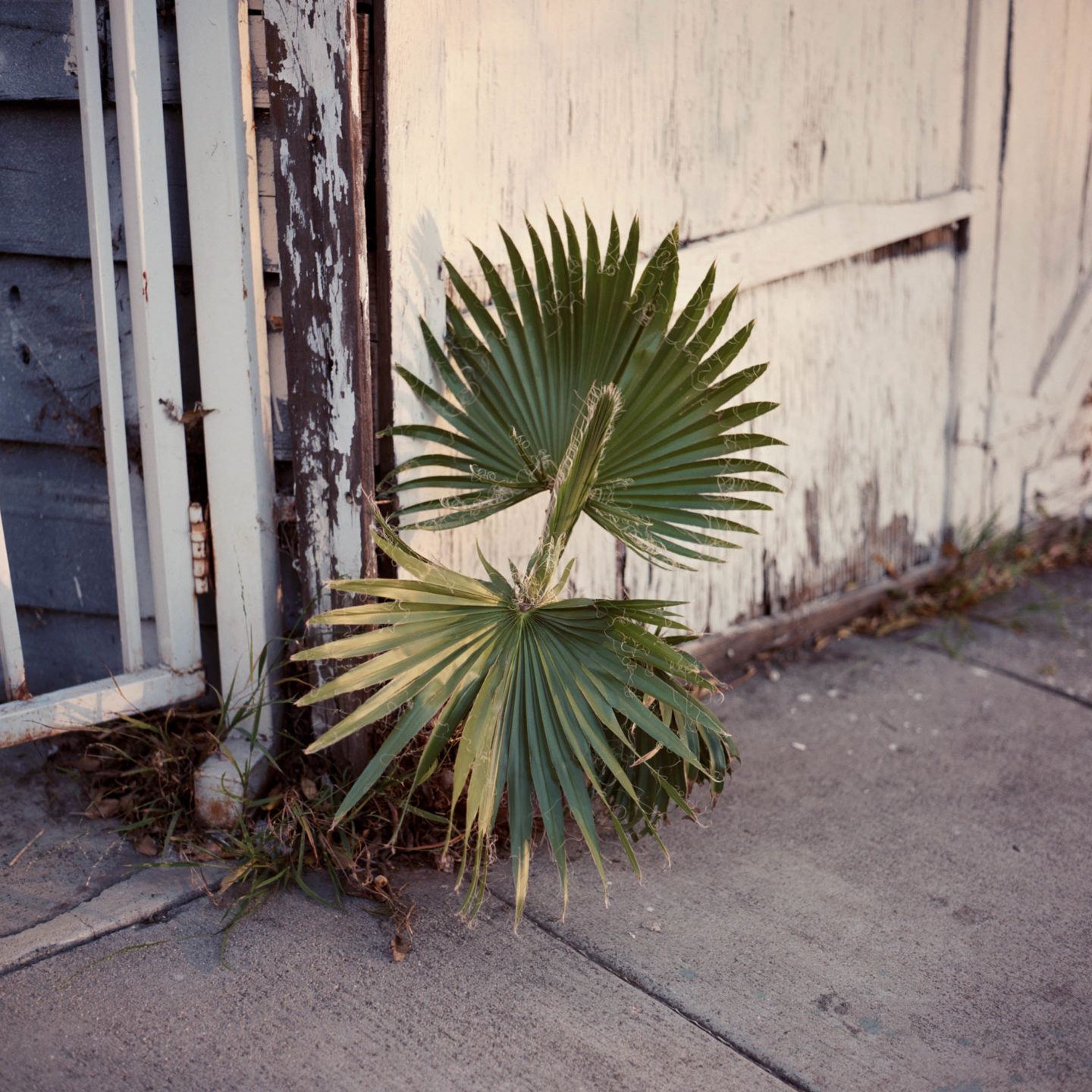
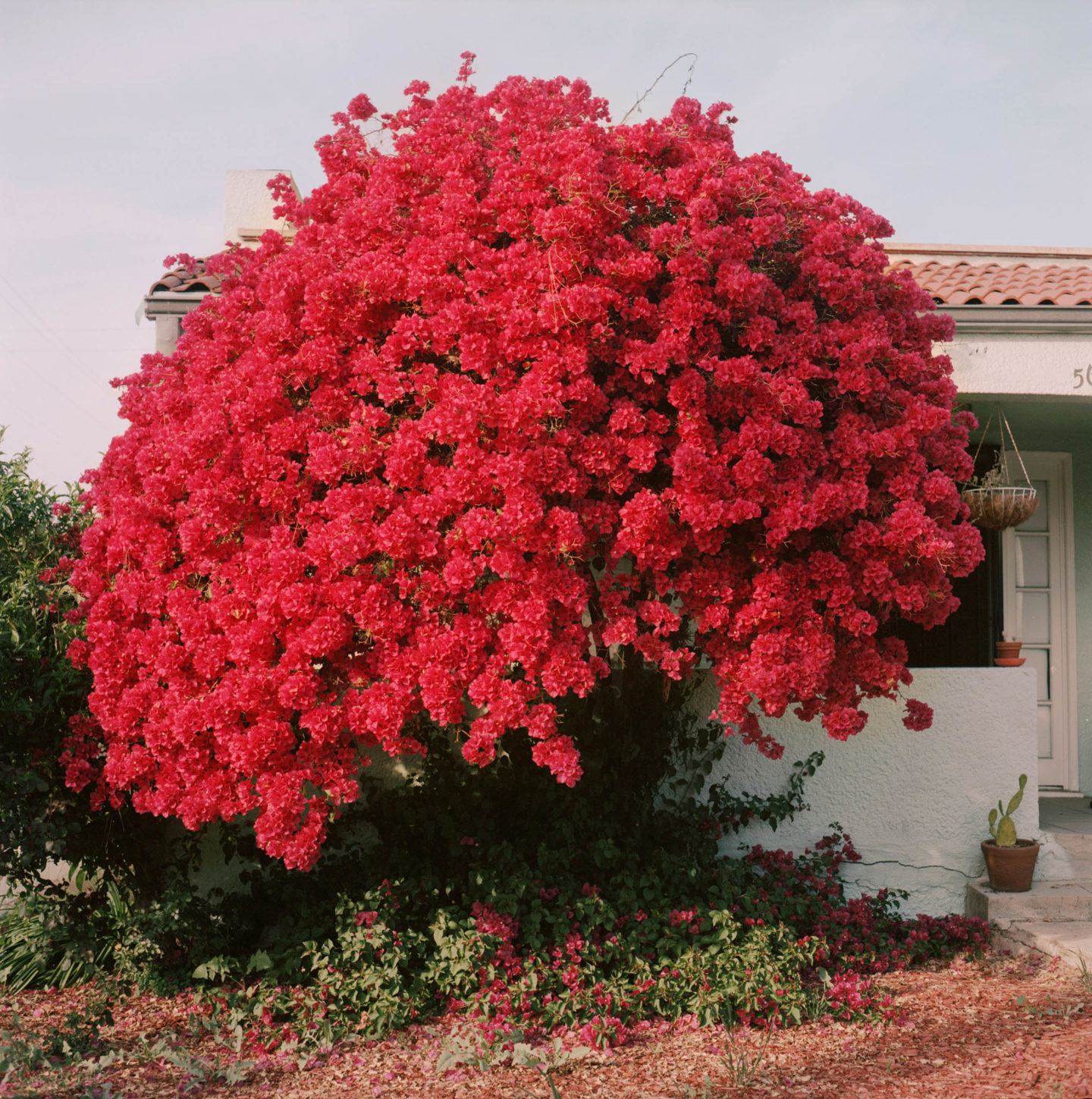
You’re both a photographer and a musician: How do these two practices work together/influence one another?
I think it’s pretty common to be interested in different mediums, but I think the fact that I’ve mostly treated making music as a passion project with little expectation has allowed me to enjoy it as a kind of escapist retreat. It’s felt like a safe space to lose myself in and after the fact, I’m able to return to my normal flow with a renewed outlook. It’s been advantageous in that it’s still creative and productive, but I think because it engages different parts of my brain, my more pragmatic side can take a needed pause. Much of it ends up being pretty impulsive and spontaneous, so ultimately it has formed this sort of meditative quality that I really appreciate.
I think I’m still learning more about how they influence one another. I know inherently I’m drawn to certain things in music and photography that share themes, such as repetition, limited palettes, texture, space, a sense of presence, tension in conjunction with peace, etc. The aural aspects of all of that conjure up visuals in my head that are fun to play with in their own way. I can listen back and see hues, landscapes and imaginary places that lend themselves to exploration and wandering through that mental space. Because my music is often minimal and sparse, I think it’s lent itself to nuance and subtlety in my visual work as well. I feel like editing an image is similar to mixing or mastering audio, in that it’s a practice of finding the small details that collectively impart the whole with a greater sense of intent.
"I can listen back and see hues, landscapes and imaginary places that lend themselves to exploration and wandering through that mental space."
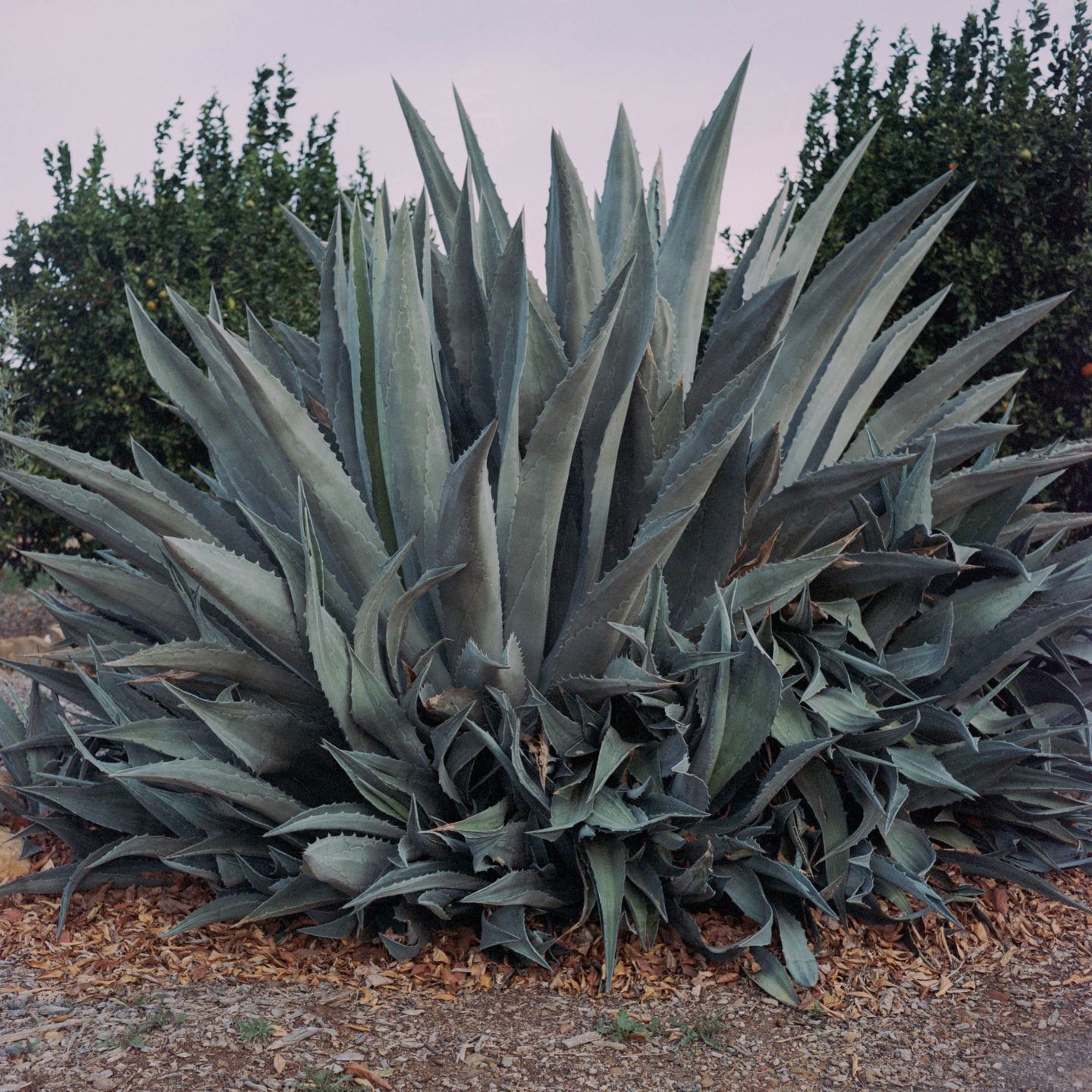
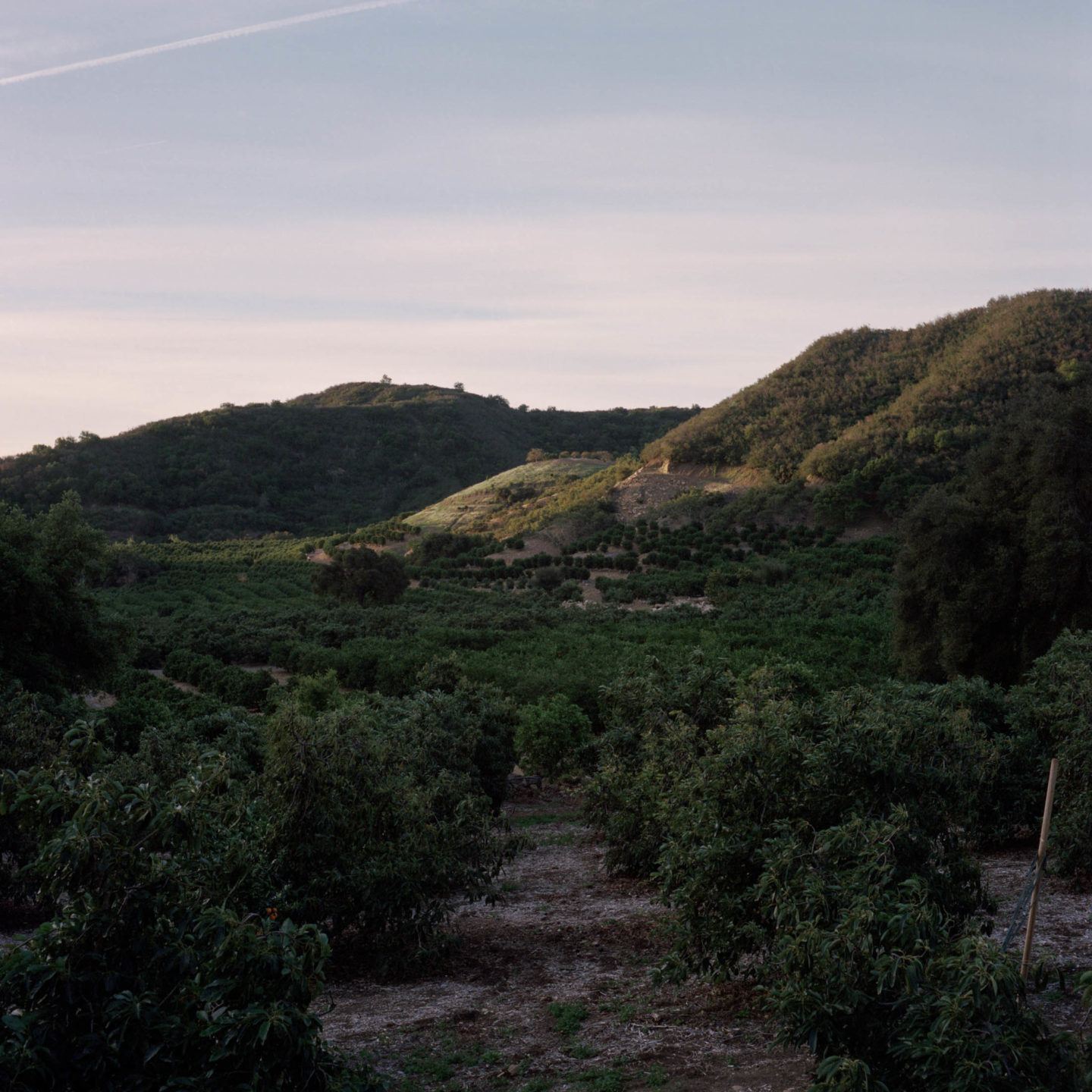
Once calling someone a ‘jack-of-all-trades’ implied that they really weren’t good at much at all. Today, multi-hyphenates are the go-to for complex jobs. How do you thinking having multiple skill-sets across genres of work helps your creative vision?
I guess there are two sides to that coin—one being a commodified ‘all-in’ package that can be offered, and another that adheres more to a personal vision outside of commercial consumption. Having only recently ventured into combining them, I’ve yet to determine how that manifests in the long run. I think it helps to be able to create a complete world wherein all aspects seem deliberate though. A sort of a curatorial approach that can offer up something a bit more rounded in vision and scope. Especially in a time where words like ‘mood’ and ‘vibe’ are so often thrown around so much. I also realize I could be completely just talking out of my ass too.
Is Wild Rose the first time that you have combined music and photography?
No, but it is the first time I’ve done so with the intention of making two portions of a whole in tandem. I’ve always done my own visuals—from album artwork to videos and performances—but I mostly kept the two sides separate (by using pseudonyms and also physical barriers). I’d always recognized that as a visual artist I had another angle to approach presentation of music, but the implications of that ‘jack-of-all-trades’ aspect you mentioned earlier made me hesitant to combine them for years.
I’ve also always disliked performing live so I’ve often crafted ways to avoid being seen during shows. This has included playing in total darkness, or in rooms full of fog or even hiding behind a curtain. There was a period of time where I’d hang a sheer sheet in front of me on stage and back project two 35mm slide projectors onto. Sometimes I’d combine doubles of scenes and mirror them to make these surreal landscapes that paced the set. Other times I’d use collages wherein one ‘straight’ image would be overlaid by another slide that had been selectively varnished, bleached and altered to allow for these projected scenes to flow into one another and create warped imaginary landscapes. Those performances were just a big collection of what I was working on in general at the time rather than a composed set of visuals made for that specific show though.
You have explained that the premise behind the work is growth and decay: how did you find representing this visually versus aurally?
On a broad view, the premise is time—growth and decay are both just the byproducts of it passing. Visually it’s pretty direct—I’m capturing the physical representations of this: flora in various states of bloom and decay, rocks shaped and eroded by centuries, different times of the day and the moods they imply etc. Aurally, those themes came out in how I processed recordings or explored my headspace during those trips when writing about the ideas of time, loss and growth on a personal level.
Because I don’t rely on lyrics to convey ideas and emotive qualities, I decided to explore the concept of growth and decay with certain production choices too. This took form in a lack of discernible beginnings and endings to tracks. Many of the pieces start with a decay of piano samples that preceded them mutating into nebulous clouds of murky grumbles and textures that’d inevitably give way to new movements and progressions. I think nature operates in a similar way: growth and decay happen in the same place simultaneously with a rhythm that can often lack clarity from outside observation.
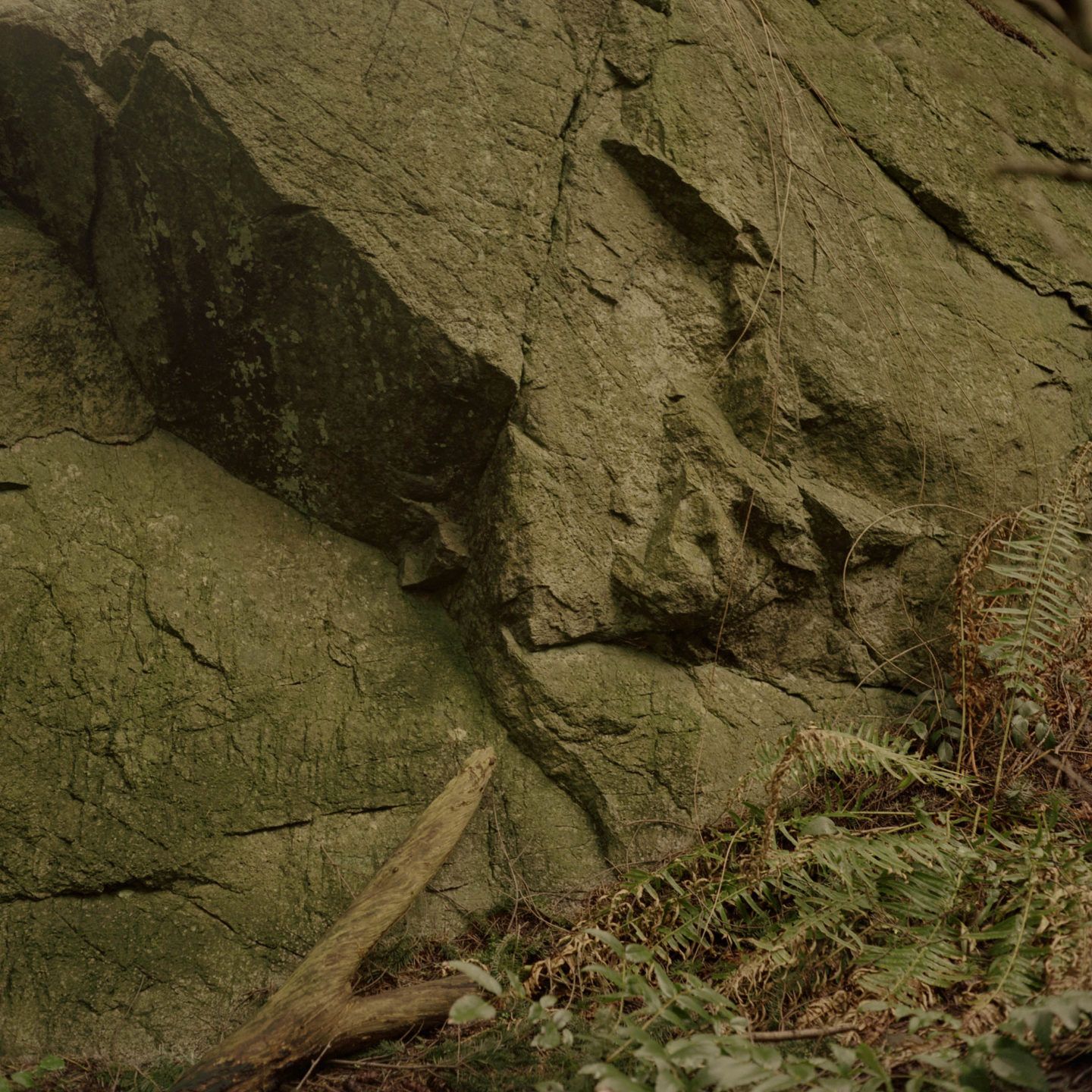
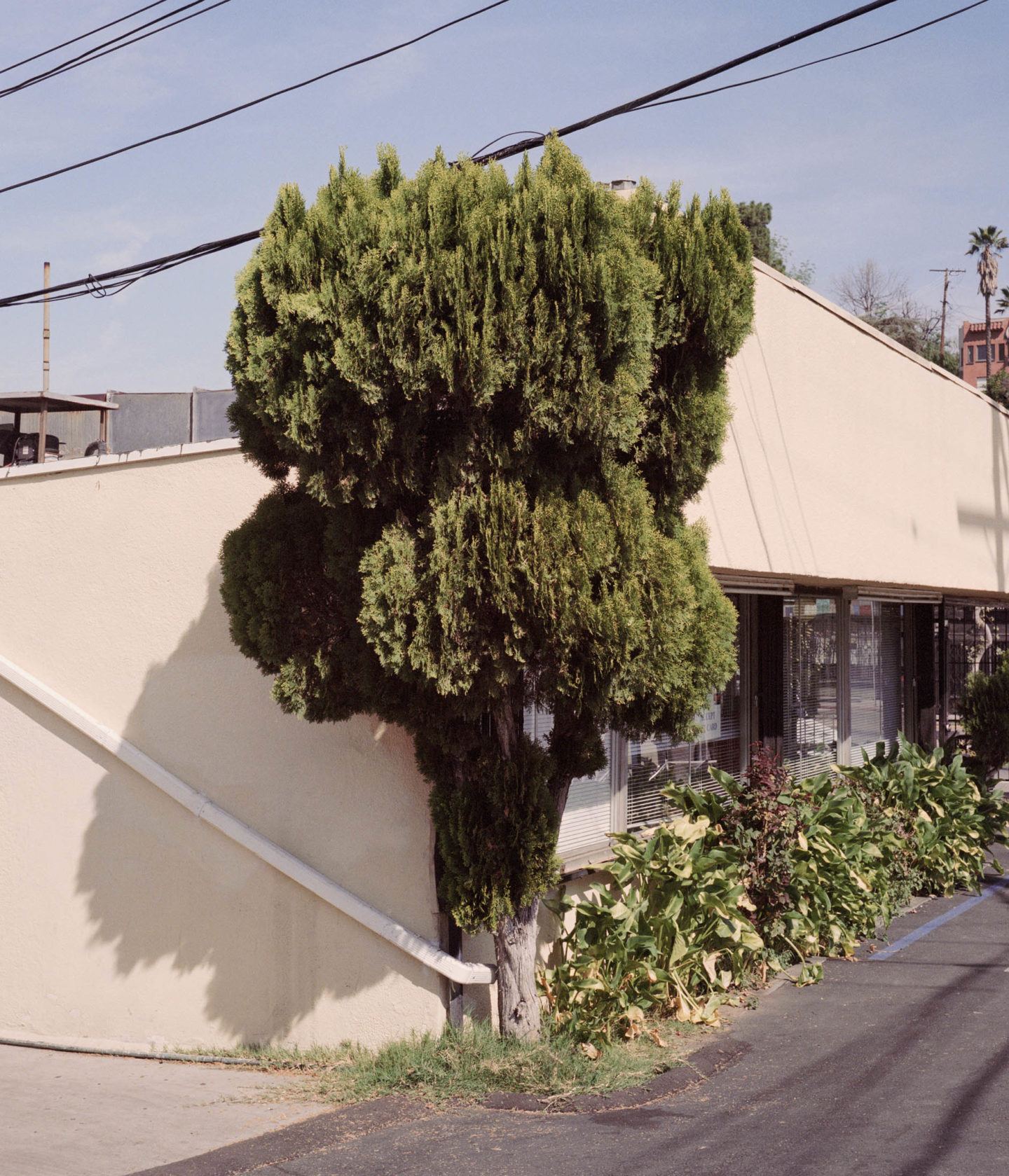
How did the project come together?
After visiting my hometown exclusively during winter for several years in a row, I finally got around to spending some time there in autumn and was quickly reminded of how striking and beautiful its landscape is. At the time, I was also reflecting on the response I had to placing myself in nature more frequently after a few years of living in New York where it can be harder to do so. Having been caught up with a lot of portrait work, plus the constant hum of the city, I’d forgotten the role being in nature used to play in my life. With all that coming to a head, I decided that if I was going to return to photographing it with a new approach imbued with purpose.
Visually I was really interested in Dutch and Flemish pastoral paintings and the ability they have to impart these feelings of presence through use of color, haze and toning. It really resonated with me and the idea of pairing it with an approach to photos that was reminiscent of my portraits seemed like an exciting prospect. The idea formed to personify these elements of nature and then present them with a look that adhered to classic landscape painting that read as quiet and meditative. I’d taken a fairly substantial break from making music as well and had just started to play with new ideas, so the union of both tangled together in a way that formed a reflective process on practicing presence and awareness of my surroundings.
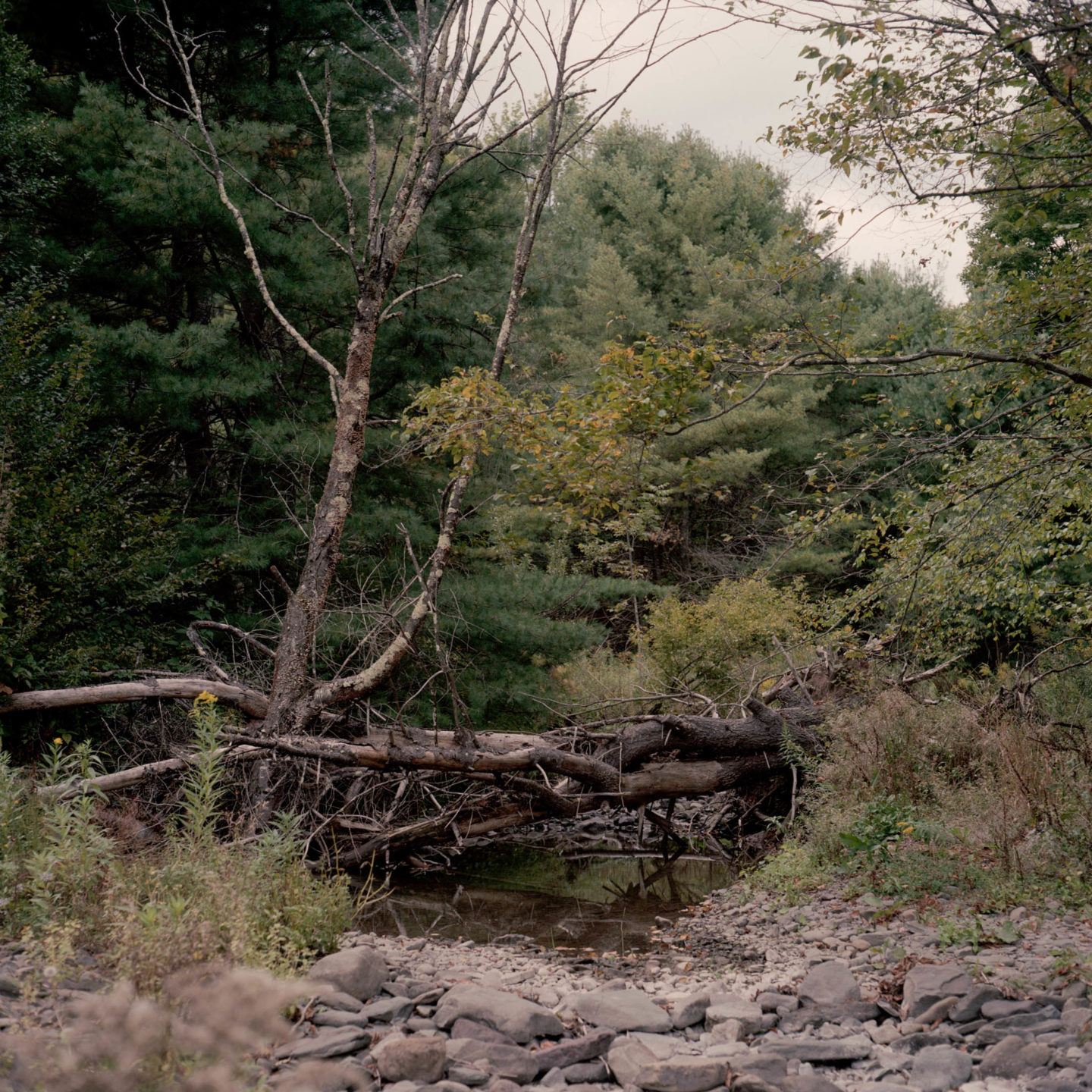
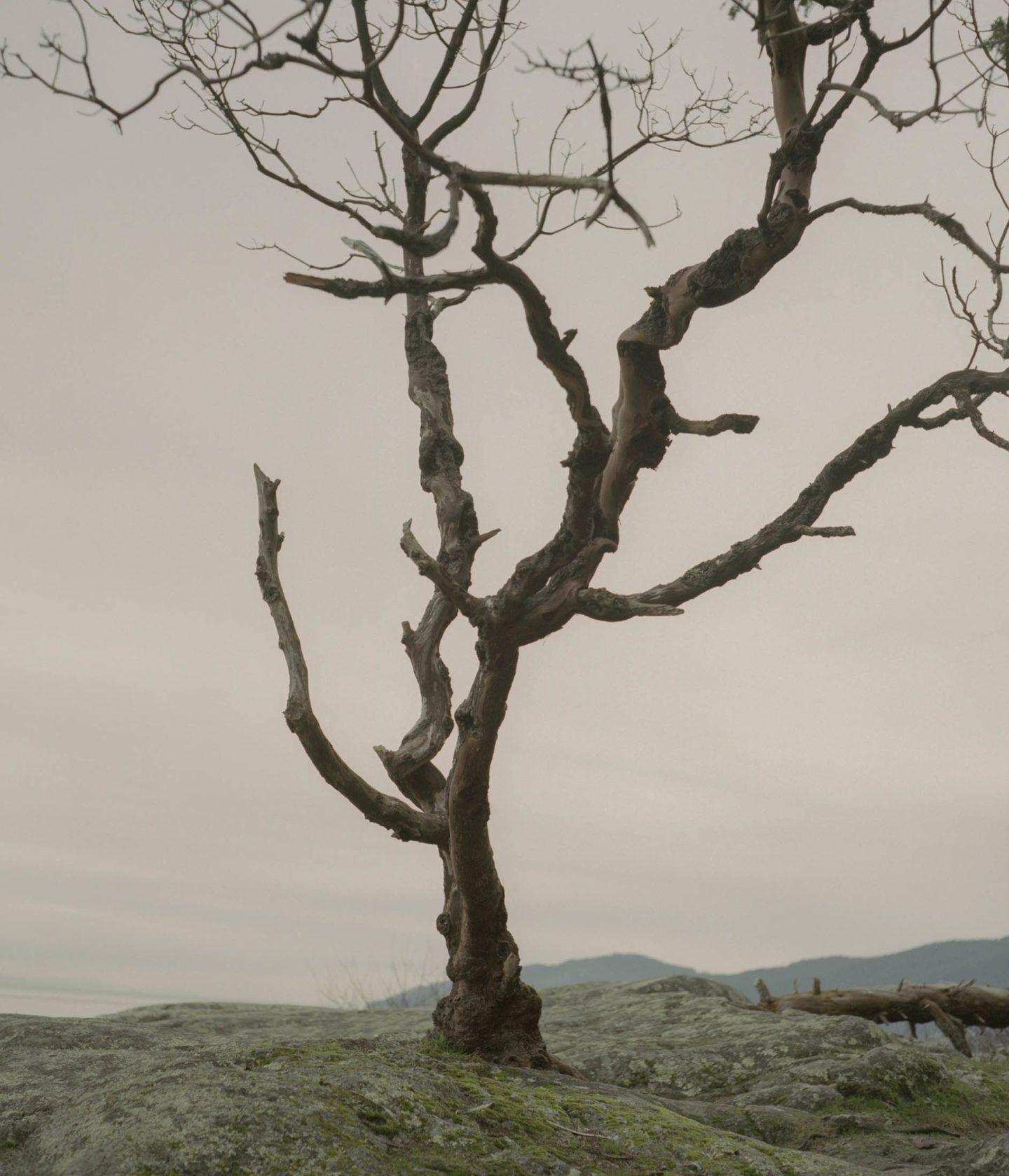
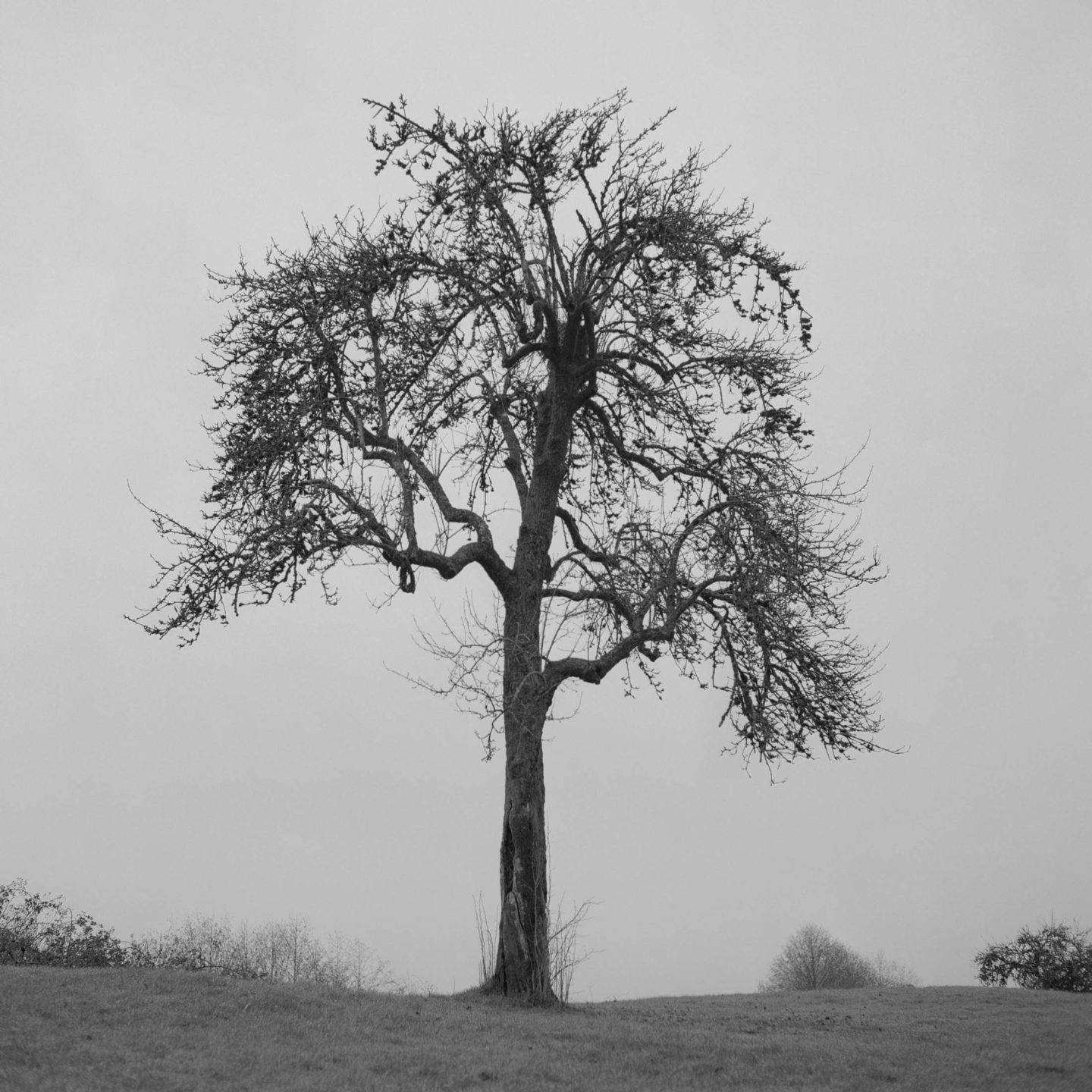
All images © Landon Speers
